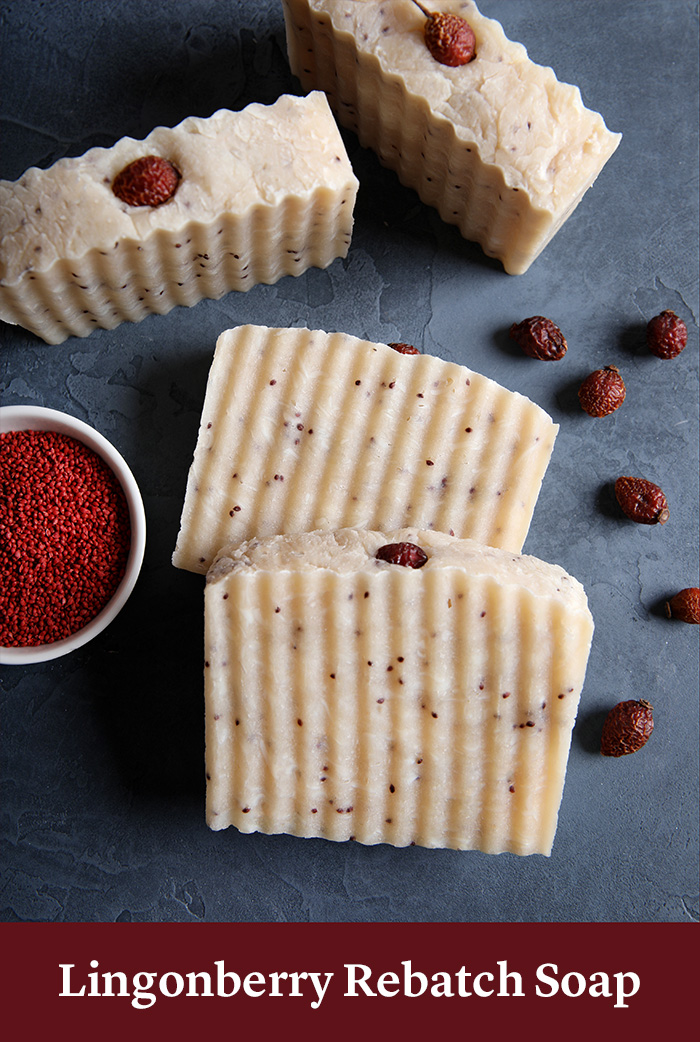
Rebatch is a technique that involves melting shredded cold process soap and customizing it with additives. This Lingonberry Rebatch Soap is made on the stove top, but you can also use a slow cooker or a double boiler. The key is low and slow heat to prevent burning.
The recipe is scented with a blend of Lingonberry Spice Fragrance Oil and slightly sweeter Cranberry Fig Fragrance Oil. Cranberry seeds are added for exfoliation and interest. Rose hips are placed on top to give the bars a finishing touch.
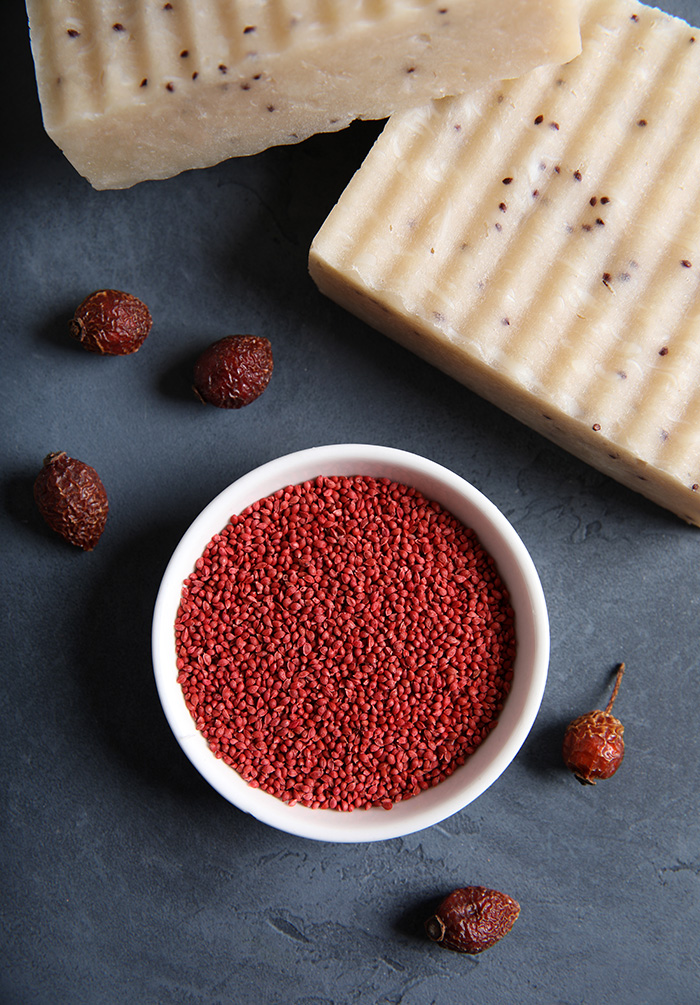
If you’ve never made rebatch soap before, learn how in the Wildflower Rebatch Soap video. In both projects we use the Grated Luxury Rebatch Soap. It’s made in-house with skin-loving ingredients like cocoa butter, shea butter, and mango butter. We recommend using it within 1-2 months. Older soap will need more distilled water and it will take longer to soften.
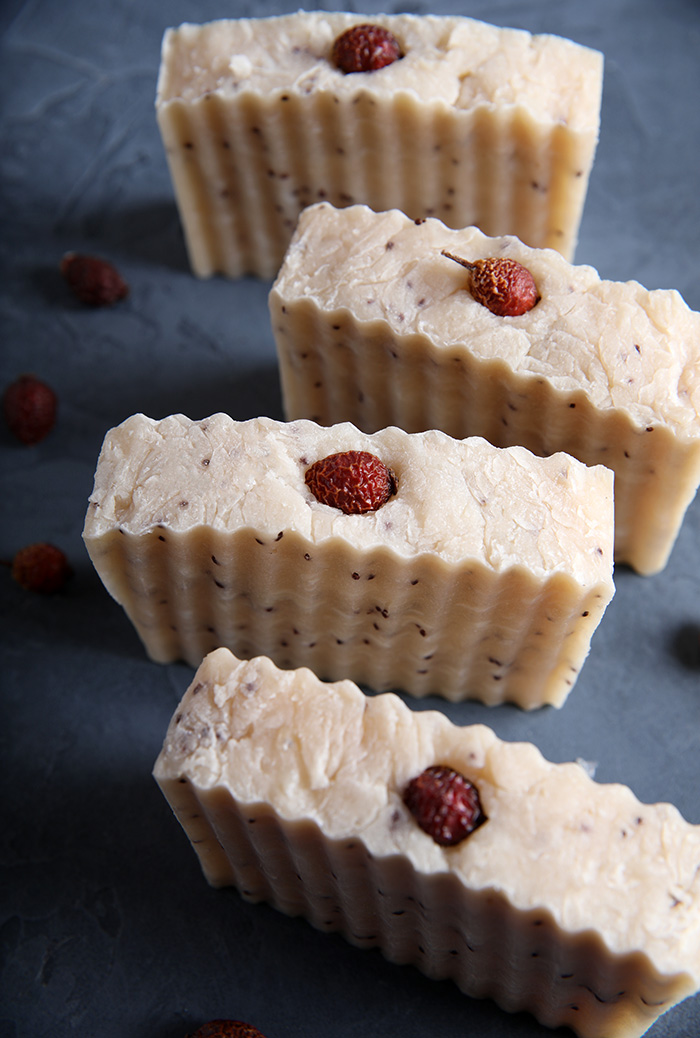
What You Need: Click below to add everything you need for this project to your Bramble Berry shopping cart!Lingonberry Rebatch Soap
10″ Silicone Loaf Mold
50 oz. Grated Luxury Rebatch Soap
4-6 oz. Distilled Water
1 oz. Cranberry Fig Fragrance Oil
0.5 oz. Lingonberry Spice Fragrance Oil
1 Tbsp. Cranberry Seeds
Rose Hips
FRAGRANCE PREP: Measure 1 ounce of Cranberry Fig Fragrance Oil and 0.5 ounces of Lingonberry Spice Fragrance Oil into a glass fragrance oil-safe container. Set aside.
ONE: Place a large sauce pot on the stove and turn the heat onto medium. You can also use a double boiler or a slow cooker.
TWO: Add as much rebatch soap as your pot can comfortably hold – we added about 30 ounces at first. Pour in about 2 ounces of distilled water.
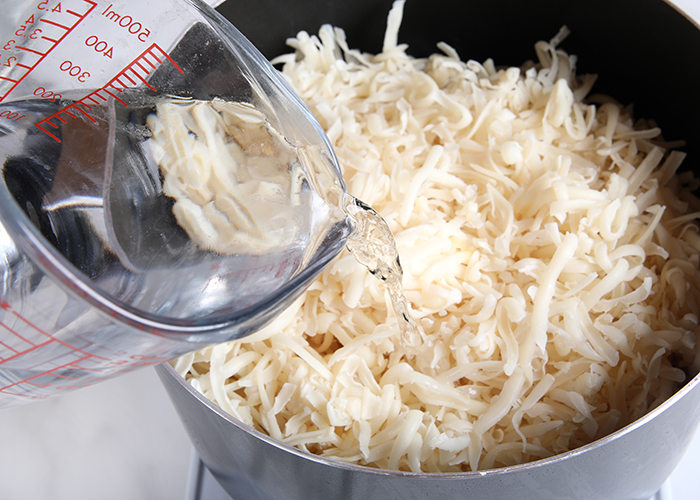 THREE: Allow the soap to heat up and soften. Stir every 30-60 seconds to prevent burning. After a few minutes, the soap will begin to condense into a very thick paste. Add the rest of the rebatch soap and 2-3 ounces of distilled water.
THREE: Allow the soap to heat up and soften. Stir every 30-60 seconds to prevent burning. After a few minutes, the soap will begin to condense into a very thick paste. Add the rest of the rebatch soap and 2-3 ounces of distilled water.
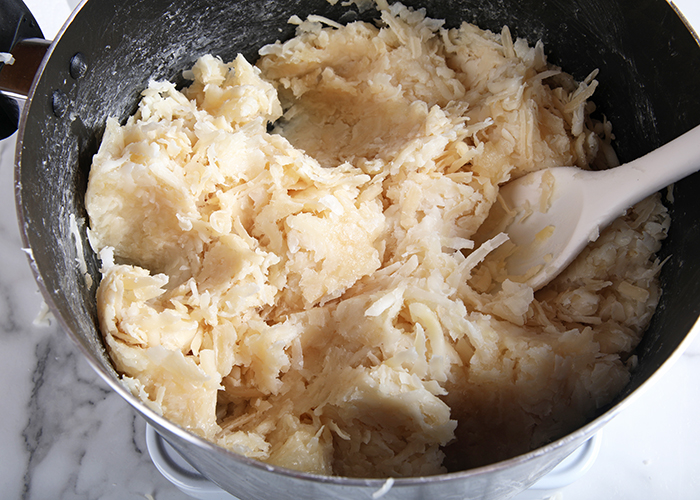 FOUR: As the soap continues to cook, it will become softer. Keep stirring every few minutes.
FOUR: As the soap continues to cook, it will become softer. Keep stirring every few minutes.
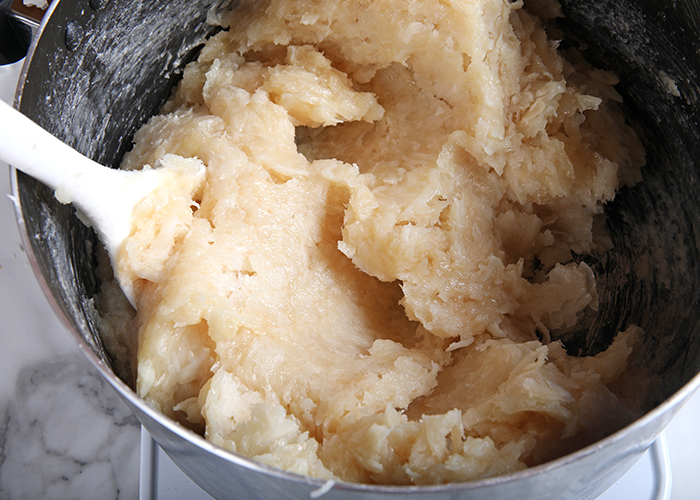 FIVE: Eventually the soap will take on the texture of very thick mashed potatoes with a slightly glossy look. All the small pieces of rebatch soap should be melted and incorporated.
FIVE: Eventually the soap will take on the texture of very thick mashed potatoes with a slightly glossy look. All the small pieces of rebatch soap should be melted and incorporated.
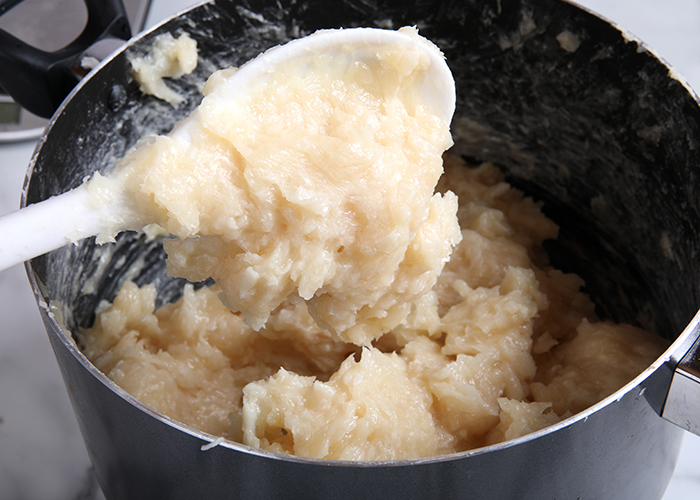 SIX: Turn off the heat and add the fragrance oil mixture. Stir in thoroughly.
SIX: Turn off the heat and add the fragrance oil mixture. Stir in thoroughly.
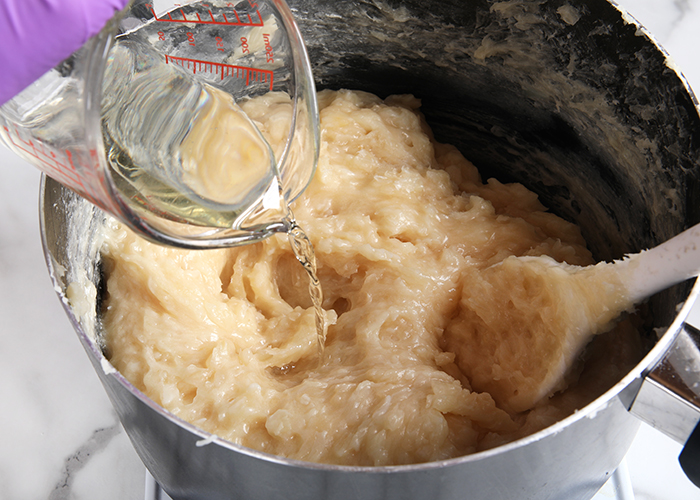 SEVEN: Add 1 tablespoon of cranberry seeds and thoroughly mix in.
SEVEN: Add 1 tablespoon of cranberry seeds and thoroughly mix in.
NOTE: Feel free to add more seeds if you like a very scrubby bar. You can also use less.
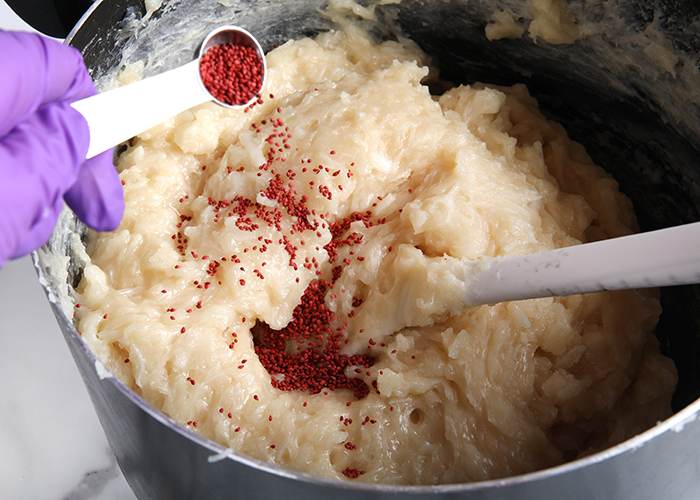
EIGHT: Quickly transfer the soap into the mold. Tap the mold firmly on the counter to help settle the soap into the mold.
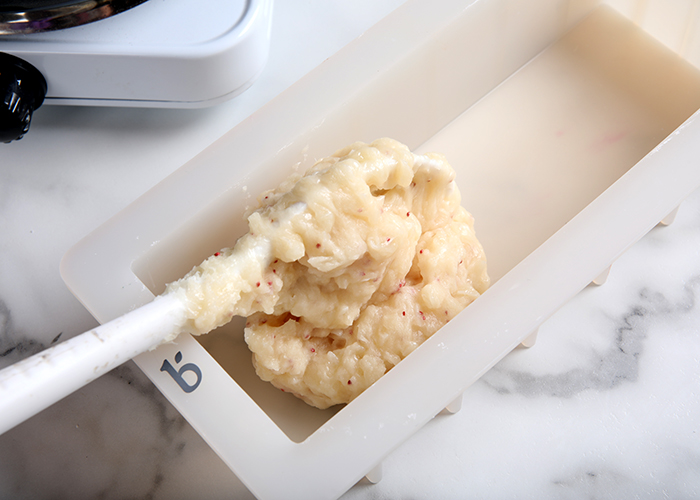 NINE: Use gloved hands to press the top of the soap to give it an even and smooth appearance.
NINE: Use gloved hands to press the top of the soap to give it an even and smooth appearance.
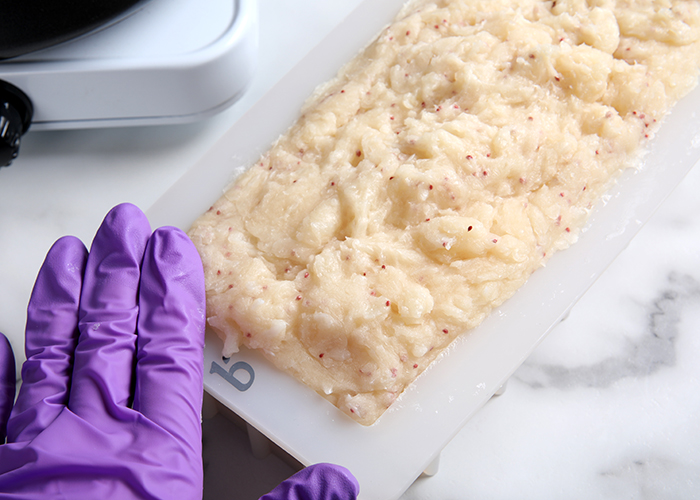 TEN: Working quickly before the soap cools, place rose hips down the length of the mold. Place them where you’d like the middle of the bar to be.
TEN: Working quickly before the soap cools, place rose hips down the length of the mold. Place them where you’d like the middle of the bar to be.
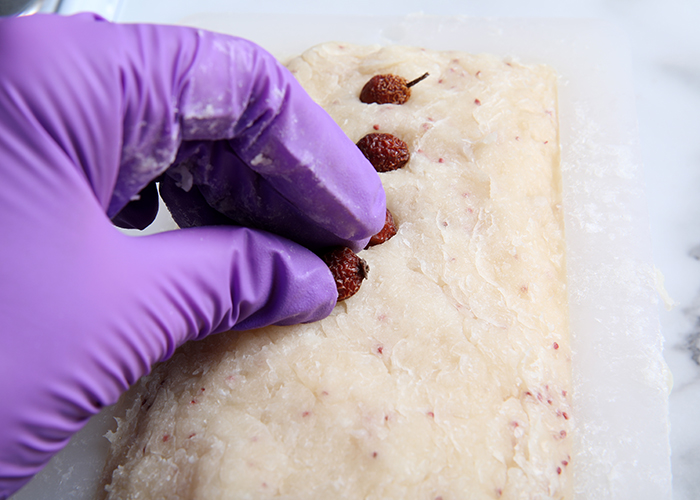 ELEVEN: Allow the soap to fully cool and harden for 24 hours. If the mold pulls away easily from the soap, it’s ready to unmold. If not, let it harden for another day.
ELEVEN: Allow the soap to fully cool and harden for 24 hours. If the mold pulls away easily from the soap, it’s ready to unmold. If not, let it harden for another day.
 TWELVE: Cut into bars. Rebatch soap doesn’t require a 4-6 week cure time like cold process soap does. But allowing the bars to cure for about 2 weeks will ensure extra moisture evaporates, creating a harder and longer-lasting bar. Enjoy.
TWELVE: Cut into bars. Rebatch soap doesn’t require a 4-6 week cure time like cold process soap does. But allowing the bars to cure for about 2 weeks will ensure extra moisture evaporates, creating a harder and longer-lasting bar. Enjoy.
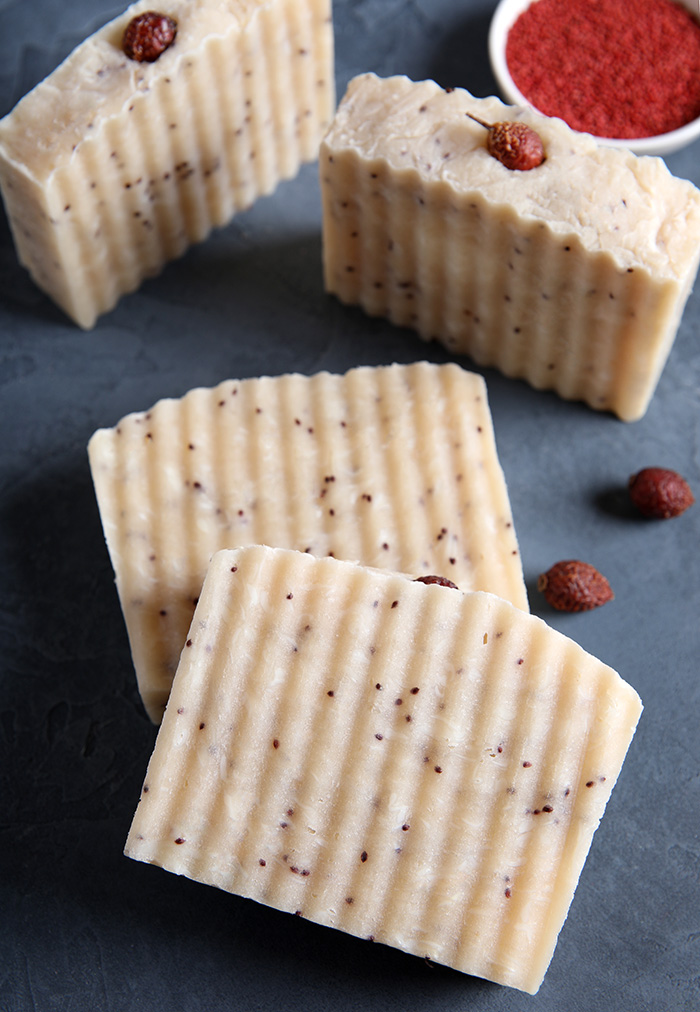
- 10″ Silicone Loaf Mold
- 50 oz. Grated Luxury Rebatch Soap
- 4-6 oz. Distilled Water
- 1 oz. Cranberry Fig Fragrance Oil
- 0.5 oz. Lingonberry Spice Fragrance Oil
- 1 Tbsp. Cranberry Seeds
- Rose Hips
- Place a large sauce pot on the stove and turn the heat onto medium. You can also use a double boiler or a slow cooker.
- Add as much rebatch soap as your pot can comfortably hold – we added about 30 ounces at first. Pour in about 2 ounces of distilled water.
- Allow the soap to heat up and soften. Stir every 30-60 seconds to prevent burning. After a few minutes, the soap will begin to condense into a very thick paste. Add the rest of the rebatch soap and 2-3 ounces of distilled water.
- As the soap continues to cook, it will become softer. Keep stirring every few minutes.
- Eventually the soap will take on the texture of very thick mashed potatoes with a slightly glossy look. All the small pieces of rebatch soap should be melted and incorporated.
- Turn off the heat and add the fragrance oil mixture. Stir in thoroughly.
- Add 1 tablespoon of cranberry seeds and thoroughly mix in. NOTE: Feel free to add more seeds if you like a very scrubby bar. You can also use less.
- Quickly transfer the soap into the mold. Tap the mold firmly on the counter to help settle the soap into the mold.
- Use gloved hands to press the top of the soap to give it an even and smooth appearance.
- Working quickly before the soap cools, place rose hips down the length of the mold. Place them where you’d like the middle of the bar to be.
- Allow the soap to fully cool and harden for 24 hours. If the mold pulls away easily from the soap, it’s ready to unmold. If not, let it harden for another day.
- Cut into bars. Rebatch soap doesn’t require a 4-6 week cure time like cold process soap does. But allowing the bars to cure for about 2 weeks will ensure extra moisture evaporates, creating a harder and longer-lasting bar. Enjoy.
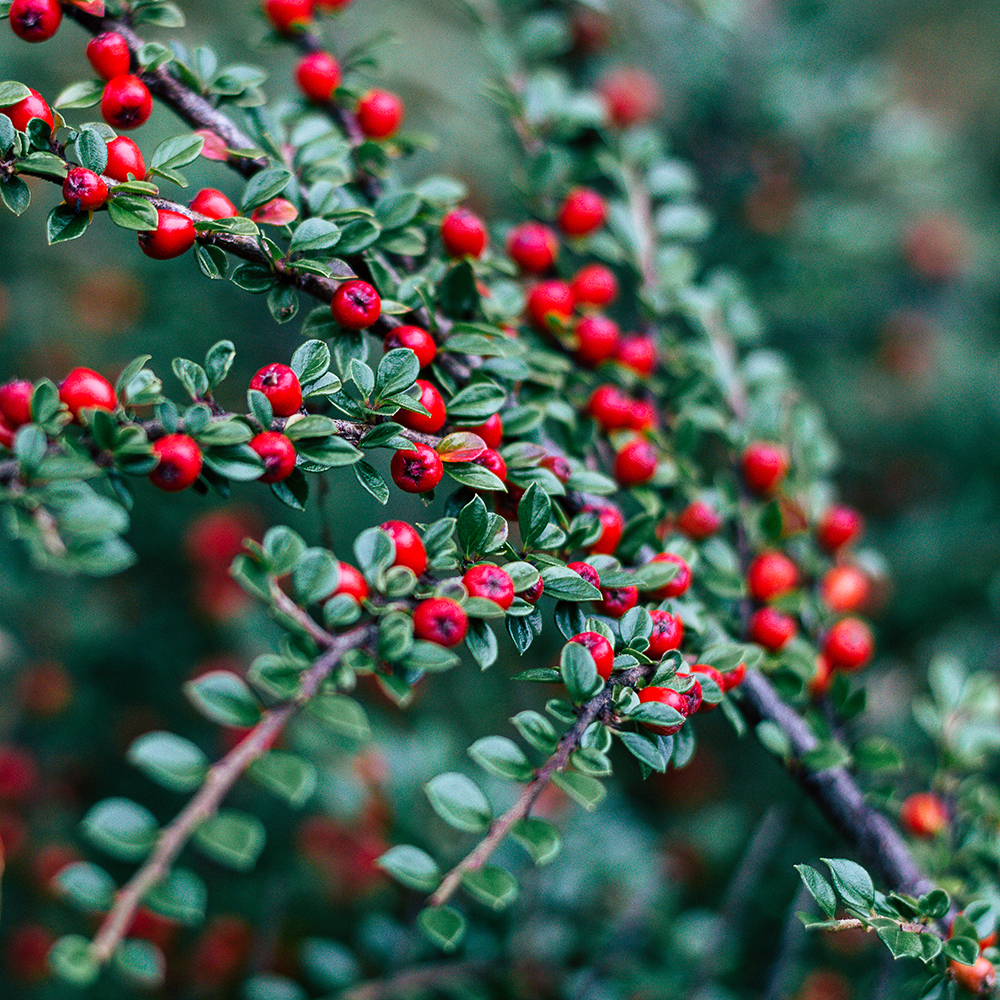
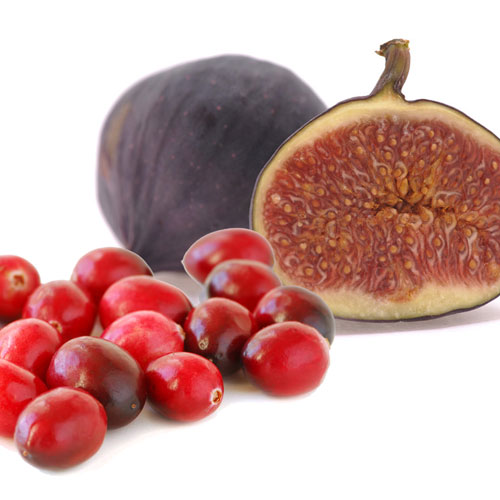
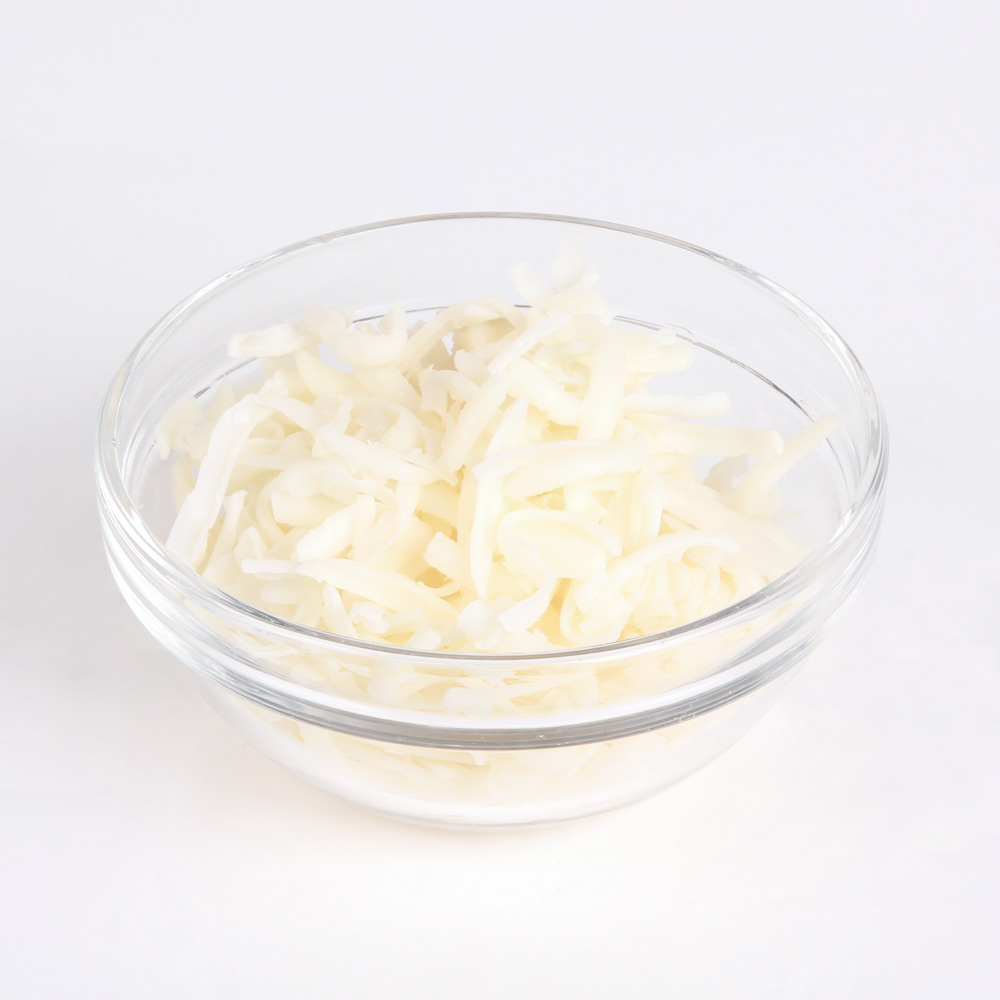
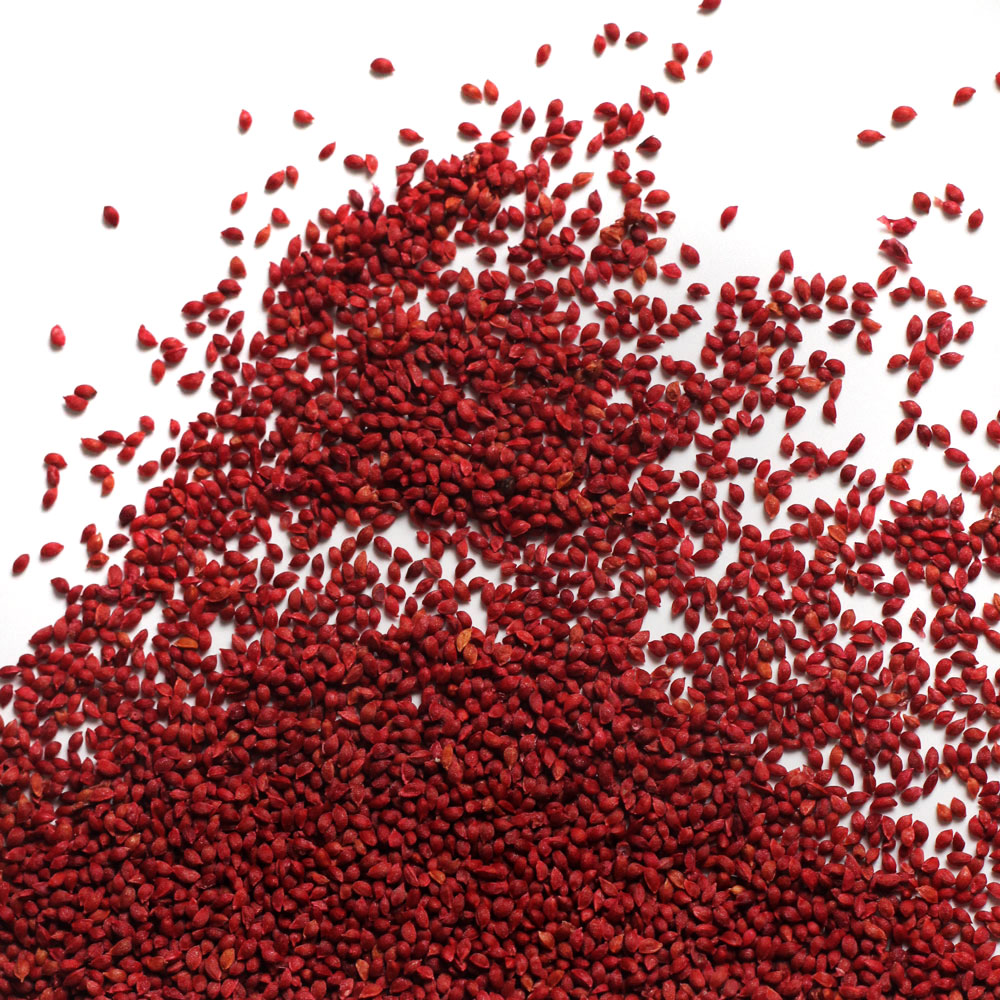
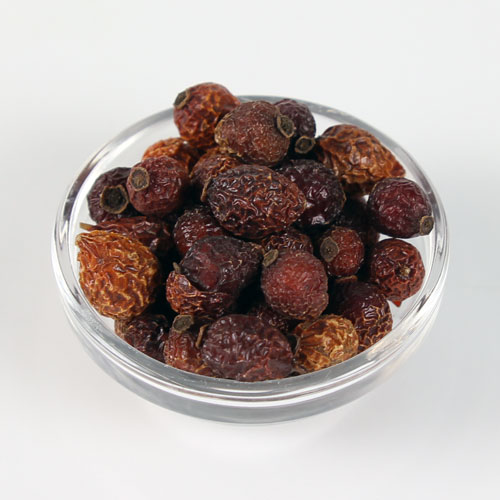
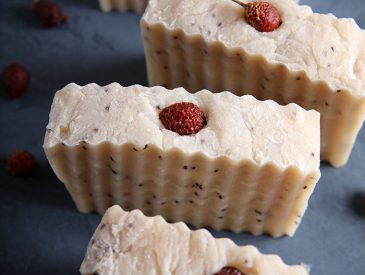

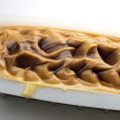



I recently saw a way to make “liquid soap” using pre-existing hard bars. It says to grate a bar soap and then add the soap flakes to boiling water. Turn off the heat and keep stirring until the soap flakes have dissolved, then let it cool for about 15′ and stir again. The soapy mixture is supposedly now thicker and it says to then leave it overnight. Next thing you do when it has a nice consistency is bottle it up and use it as liquid soap.
What are your thoughts about this? is it an option if I don’t want to make liquid soap from scratch or by doing this I’m messing with the saponification of my bar soap? Because I have some gratings from a batch of castille soap and I would like to know if it’s possible to do this.
We do not recommend making liquid soap from solid bars. While soap normally has a pH that protects against bacteria that would be too much additional water and the soap would begin to grow bacteria and possibly mold.
If you’re wanting to make Liquid Soap you would want to use Potassium Hydroxide or a liquid soap base.
Potassium Hydroxide: https://www.brambleberry.com/Potassium-Hydroxide-2-pounds-P4730.aspx
Liquid Soapmaking Book: https://www.brambleberry.com/Liquid-Soapmaking-Book-P6938.aspx
Liquid Soap Bases: https://www.brambleberry.com/Liquid-Bases-C15.aspx
In addition to the bacteria Terah mentioned, it is very difficult, if not impossible to get a good consistency from solid bars turned into liquid. It all depends on your recipe and the amount, but I have either gotten thin like water of thick like snot (literally!) so I quit trying years ago. Watch a tutorial and give liquid soap making with potassium hydroxide a try. It’s fun!
could you please tell me how long it takes to ship an order , I placed my order on the 3rd of January, haven’t received an email confirmation yet
We are currently at about a 4 day turnaround time, though we are not open on the weekends. Once your order goes out you will receive a shipping confirmation email with tracking number. It should ship later today.
I would like to know if could color the base with TD and then be able to pour this in 3 seperate layers with a line of mice or activated charcoal between each layer? I have a design idea in my head but don’t know if it will work, can you please tell me if this is possible to do with rebatch. I’ve never used rebatch before and I am itching to move on up from melt and pour and then eventually cold process. Love all your tutorials!!
You could definitely give that a try. Though layering Rebatch can be a bit tricker so you may have some problems with the layers separating especially with the mica lines between them. If you give it a try you will want to make sure you’re not using too much mica between layers since that will cause them to separate more easily.
I seen people used unsweetened coconut milk when they rebatch soap. Can I do that with this rebatch?
We have done some rebatch with milk before, I would follow the instructions we have for that on this page here: https://www.brambleberry.com/Rebatching-Techniques-W25.aspx
Do the cranberry seeds turn brown in the soap? And if so, how long does that take?
Yes, we normally notice that happens between the 2-4 week mark.
In the above article, it says, “.Older soap will need more distilled water and it will take longer to soften.”
Soften? Did you mean “harden” when curing? Or did you mean that it takes longer to soften when melting the shredded CP soap?
It means older soap will need more water and will take longer to soften when you are initially melting it.